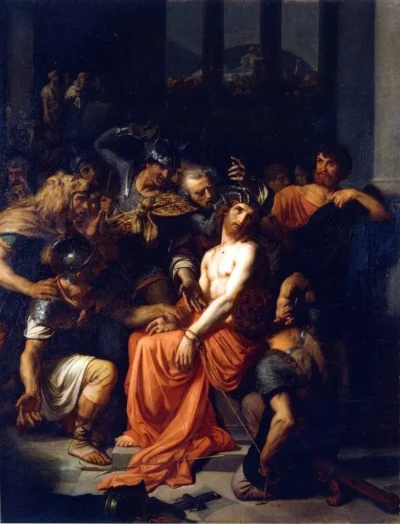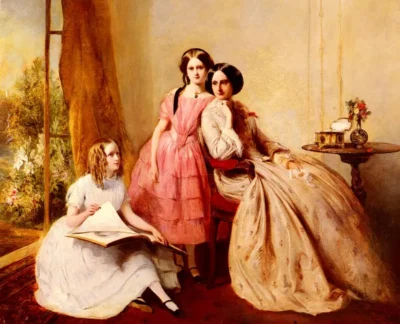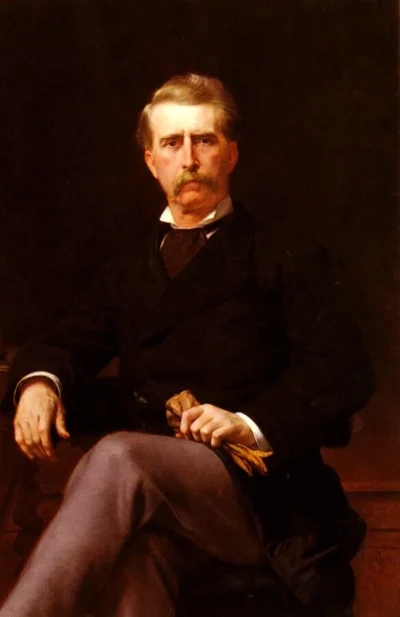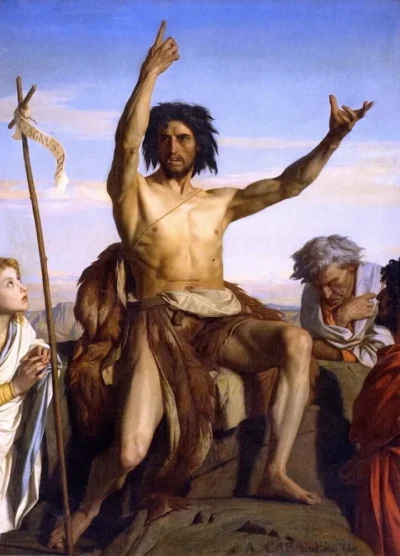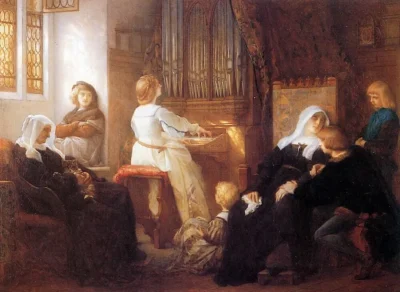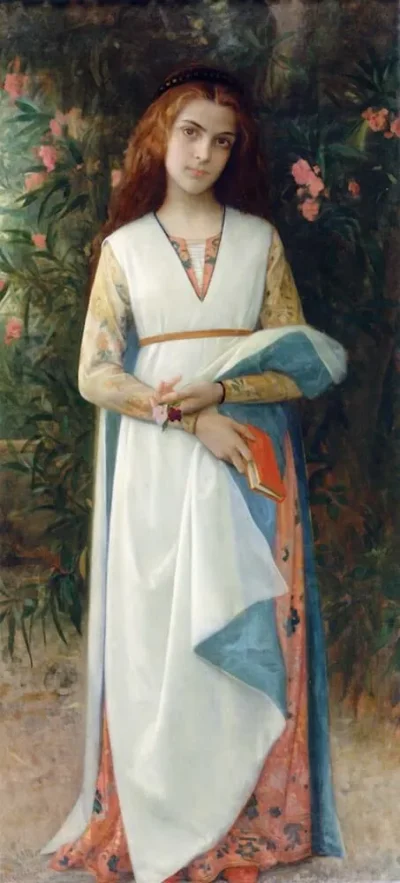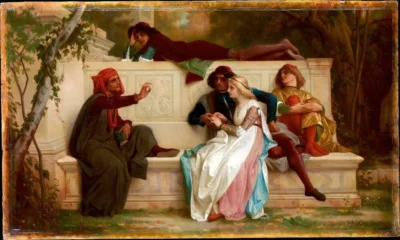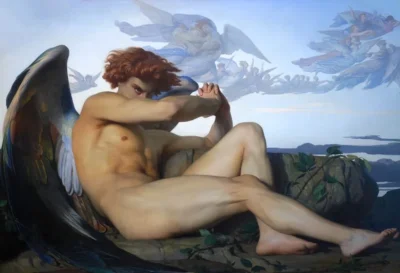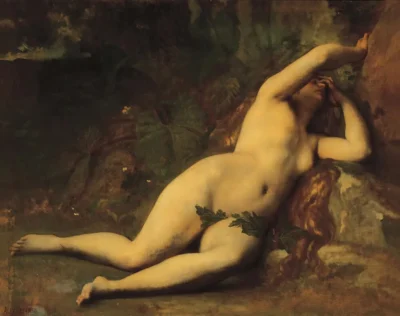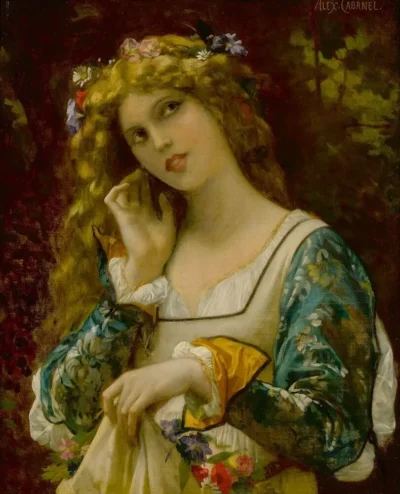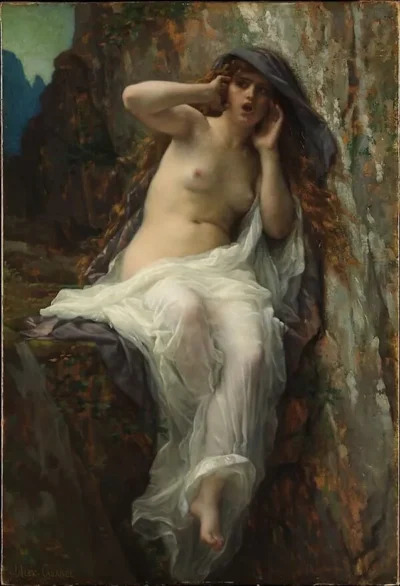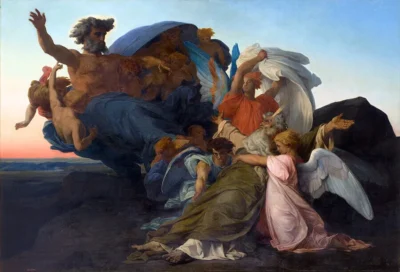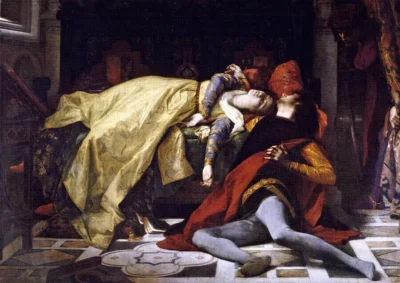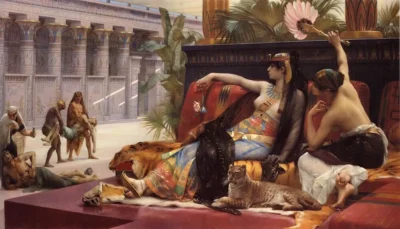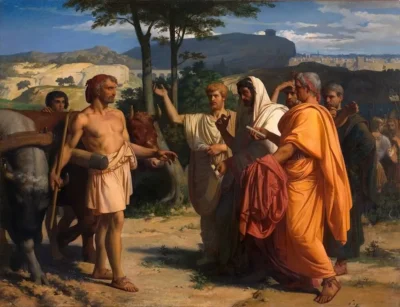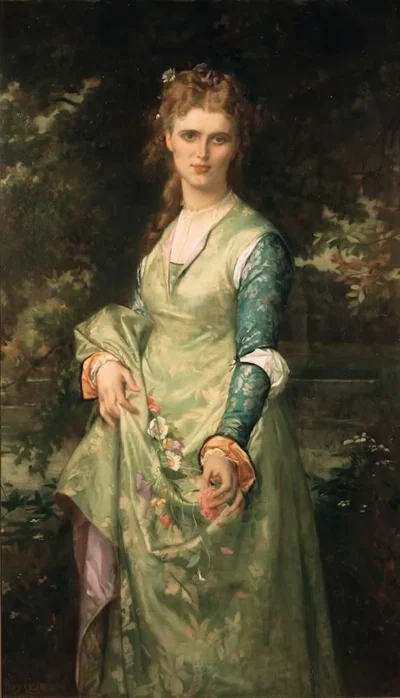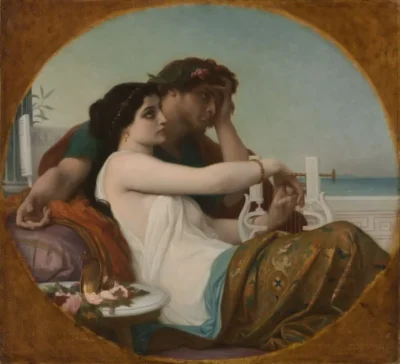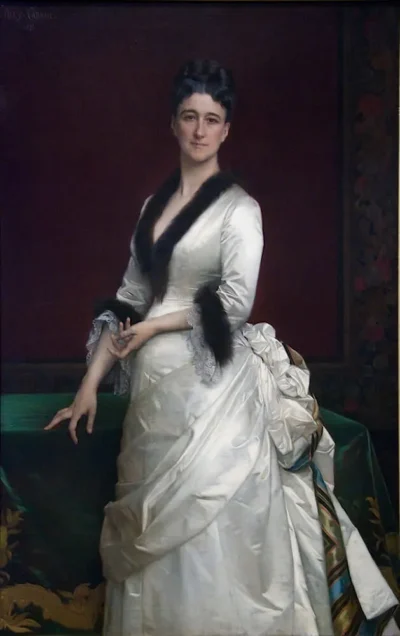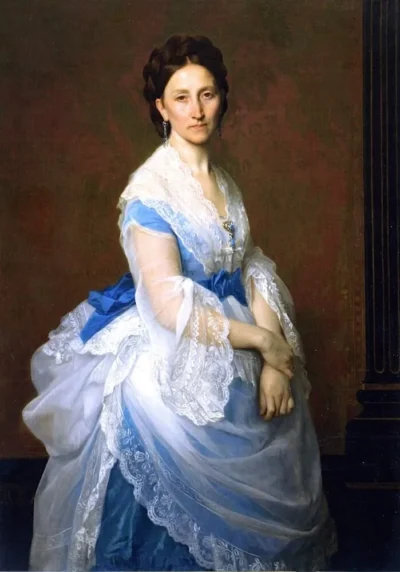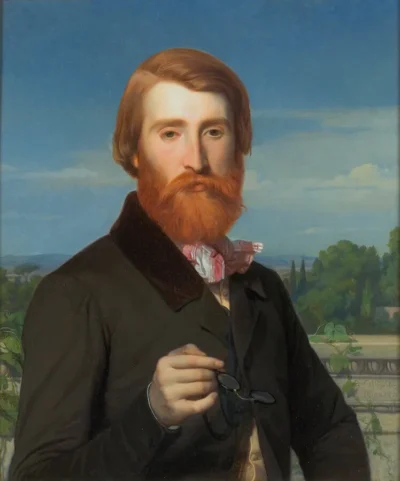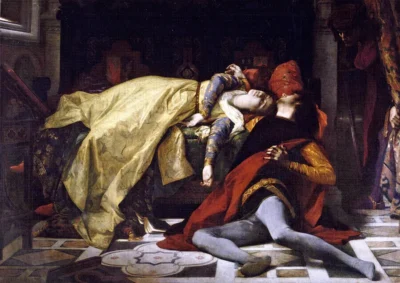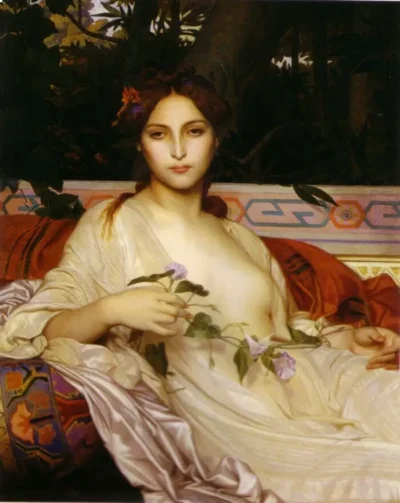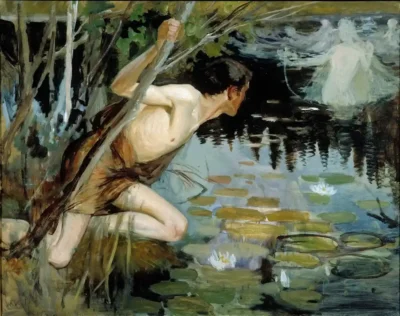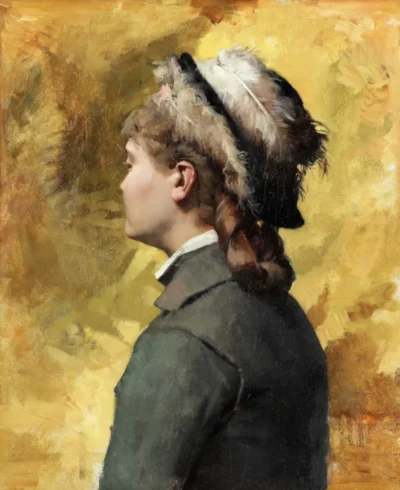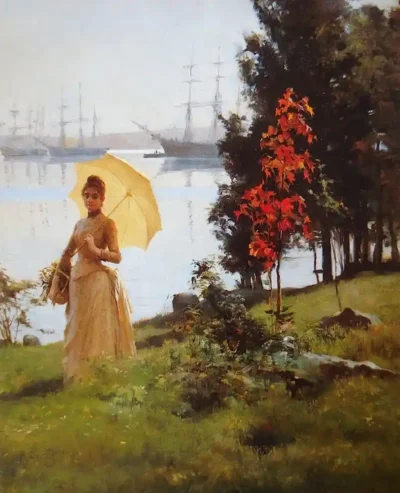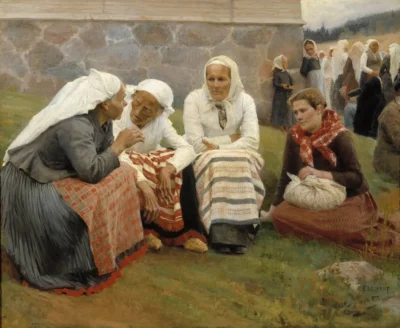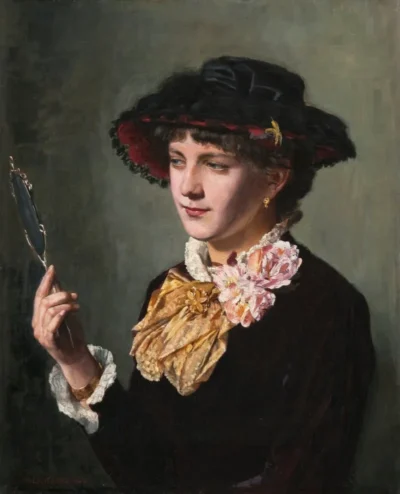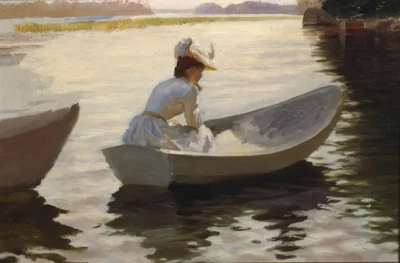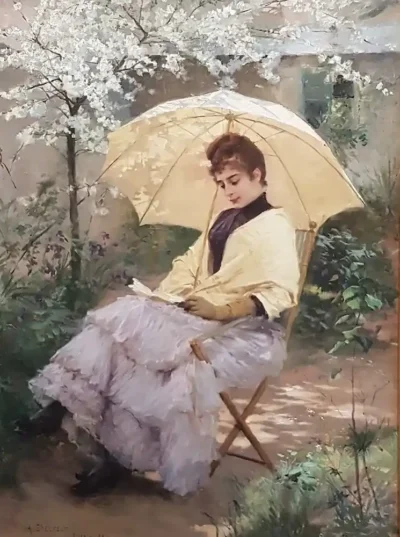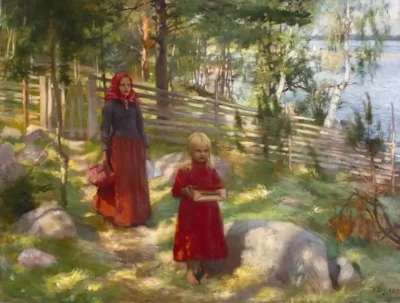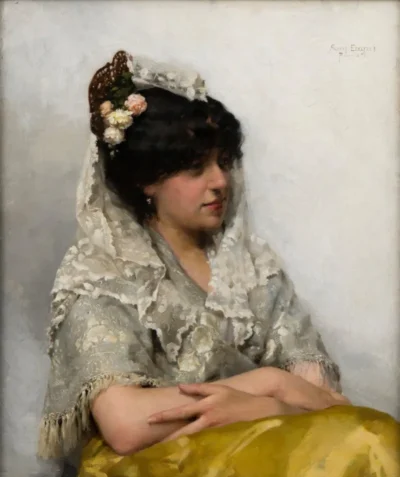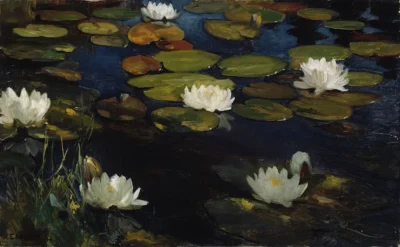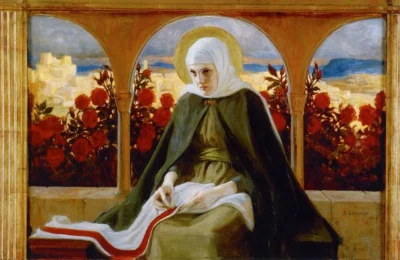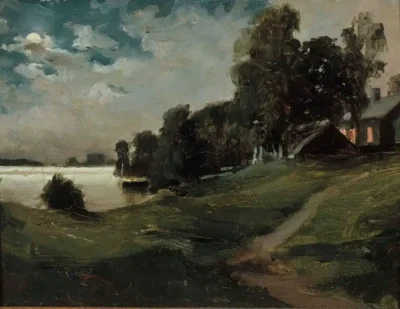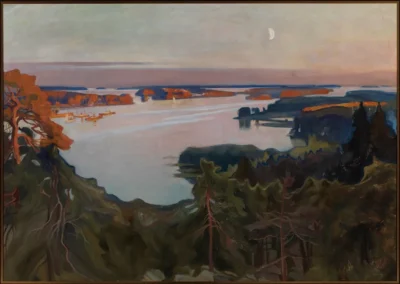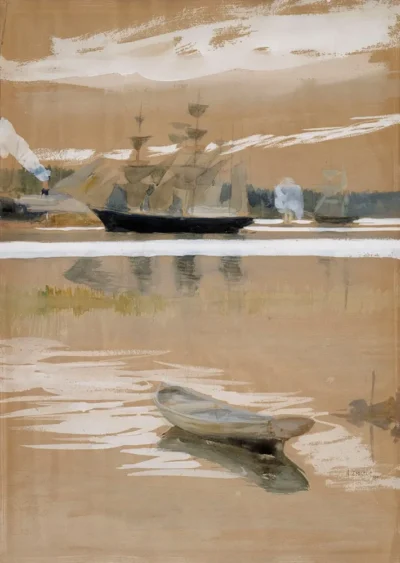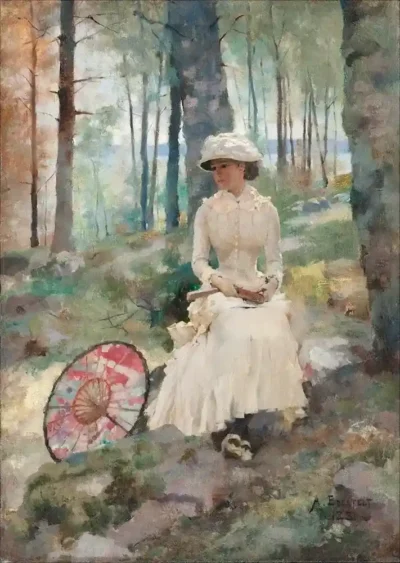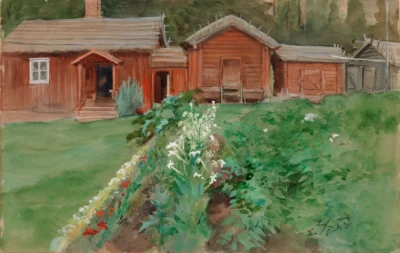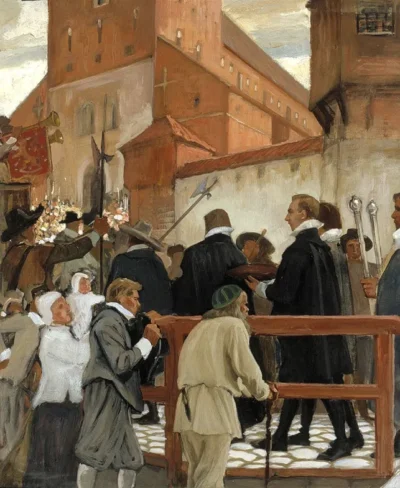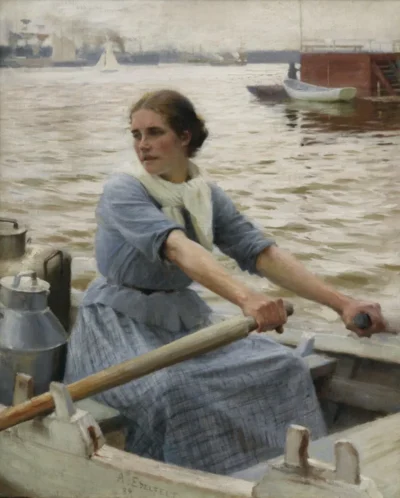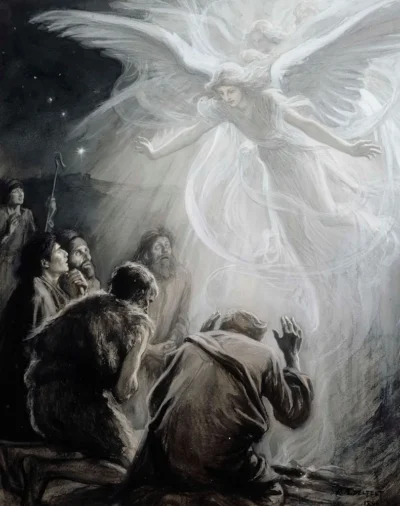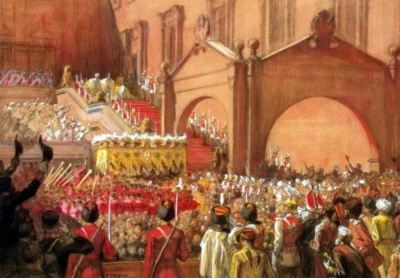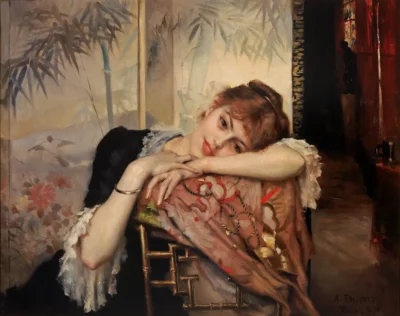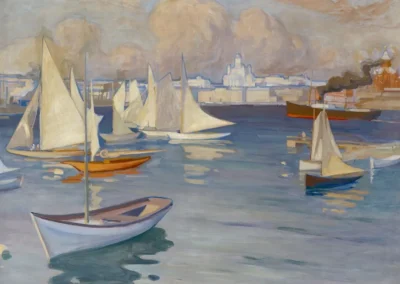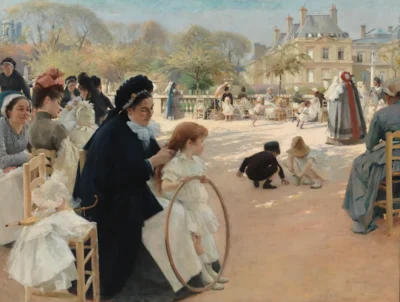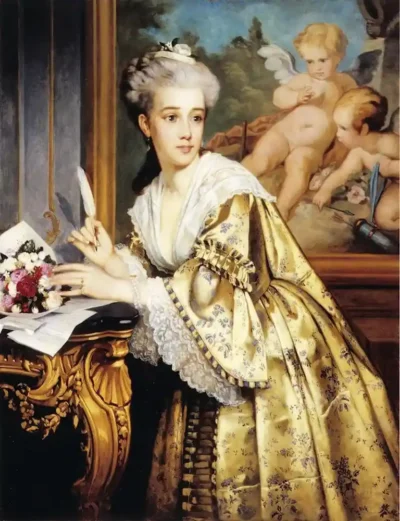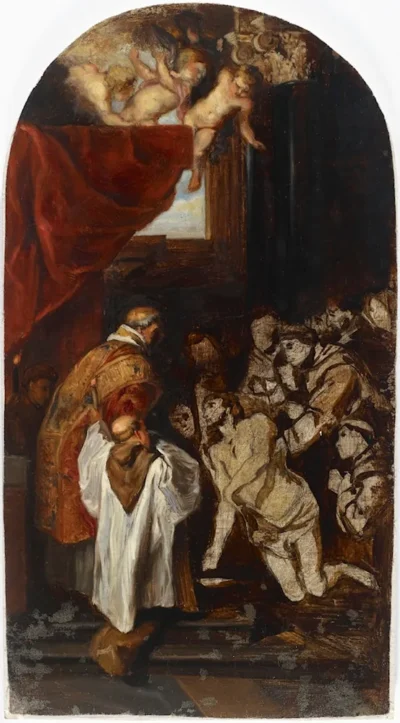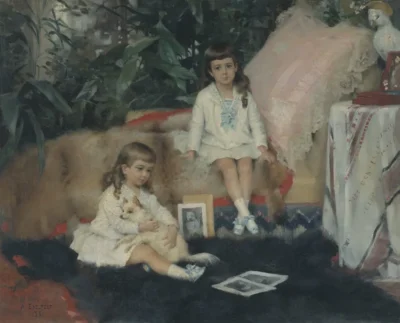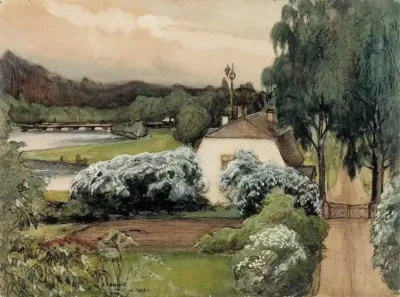Academic Classicism
Academic Classicism refers to a style of art that flourished in the mid-17th to 19th centuries and focused on classical ideals of harmony, order, and imitation of ancient Greek and Roman art.
Subjects are often drawn from Greek and Roman mythology, history, or folklore. They depict idealized figures and scenes.
Compositions are usually symmetrical and balanced, representing order, logic, and harmony.
Figures are depicted in an idealized way, focusing on beauty, grace, and perfection.
There is a strong emphasis on masterful technique, precision, and craftsmanship. Artists aimed to demonstrate their technical virtuosity.
The style originated from the French Academy and academies across Europe that trained artists. It dominated European academic art institutions for centuries.
Key artists include Jacques-Louis David, Jean Auguste Dominique Ingres, Thomas Lawrence, and Frederic Leighton.
This style stood for conservatism and the preservation of classical standards in art. It opposed the rise of modern art movements like Romanticism and Impressionism.
The influence of Academic Classicism declined at the end of the 19th century as modern art came to prominence. But its emphasis on the mastery of realistic techniques and composition had a lasting influence on art education.
In summary, Academic Classicism refers to the dominant style of traditional Western art between the 17th to 19th centuries. It focused on classical ideals of beauty and technique, as promoted by official art academies of the era. The style stood for conservatism and opposition to modern art. But it shaped standards of excellence in realistic depiction and composition that influenced later art.
Artists Names
Famous Artists
> Alfred Sisley
> Camille Pissarro
> Caravaggio
> Claude Monet
> Diego Velázquez
> Edgar Degas
> Édouard Manet
> Eugène Delacroix
> Francisco de Goya
> Henri de Toulouse-Lautrec
> Isaac Levitan
> Ivan Shishkin
> Jean Auguste Dominique Ingres
> Jean-Baptiste-Camille Corot
> John Singer Sargent
> John William Waterhouse
> Joseph Mallord William Turner
> Lawrence Alma-Tadema
> Leonardo da Vinci
> Michelangelo
> Paul Cézanne
> Paul Gauguin
> Peter Paul Rubens
> Pierre-Auguste Renoir
> Raphael Sanzio
> Rembrandt Van Rijn
> Vincent van Gogh
> William-Adolphe Bouguereau
Art Subjects
>Abstract Oil Painting
>African Oil Painting
>Angel Oil Painting
>Animal Oil Painting
>Architecture Oil Painting
>Beach Oil Painting
>Bird Oil Painting
>Black and White Oil Painting
>Boat Oil Painting
>Buddha Oil Painting
>Bunny Oil Painting
>Cartoon Oil Painting
>Cat Oil Painting
>Cityscape Oil Painting
>Coastal Oil Painting
>Contemporary Oil Painting
>Daisy Oil Painting
>Dog Oil Painting
>Eagle Oil Painting
>Fantasy Oil Painting
>Figure Oil Painting
>Floral Oil Painting
>Forest Oil Painting
>Fruit Oil Painting
>Genre Works
>Horse Oil Painting
>Hunting Scenes Oil Painting
>Impressionist Oil Painting
>Jesus Oil Painting
>Landscape Oil Painting
>Modern Oil Paintings
>Mountain Oil Painting
>Music Oil Painting
>Nature Oil Painting
>Nude Oil Painting
>Pet Portrait Oil Painting
>Realistic Oil Painting
>Religious Oil Painting
>Scenery Oil Painting
>Seascape Oil Painting
>Season Oil Painting
>Sport Oil Painting
>Still Life Oil Painting
>Sunset Oil Painting
>Textured Oil Painting
>Tree Oil Painting
>War Oil Painting
>Wildlife Oil Painting
Art Movment
>Abstract Expressionism
>Academic Classicism
>Aestheticsm
>Art Deco
>Art Nouveau
>Barbizon School
>Baroque Art
>Byzantine Art
>Cubism
>Expressionism
>Fauvism
>Hudson River School
>Impressionism
>Mannerism
>Gothic Art
>Modernism
>Nabis
>Neoclassicism
>Neo-Impressionism
>Orientalism
>Pointillism
>Pop Art
>Post Impressionism
>Pre-Raphaelites
>Primitivism
>Realism
>Renaissance
>Rococo
>Romanticism
>Suprematism
>Surrealism
>Symbolism
>Tonalism
>Victorian Classicism
Showing 1–50 of 191 resultsSorted by popularity
-
Albert EdelfeltRated 0 out of 5
The Release of Emperor Nicholas Ii after His Coronation on the Red Porch

